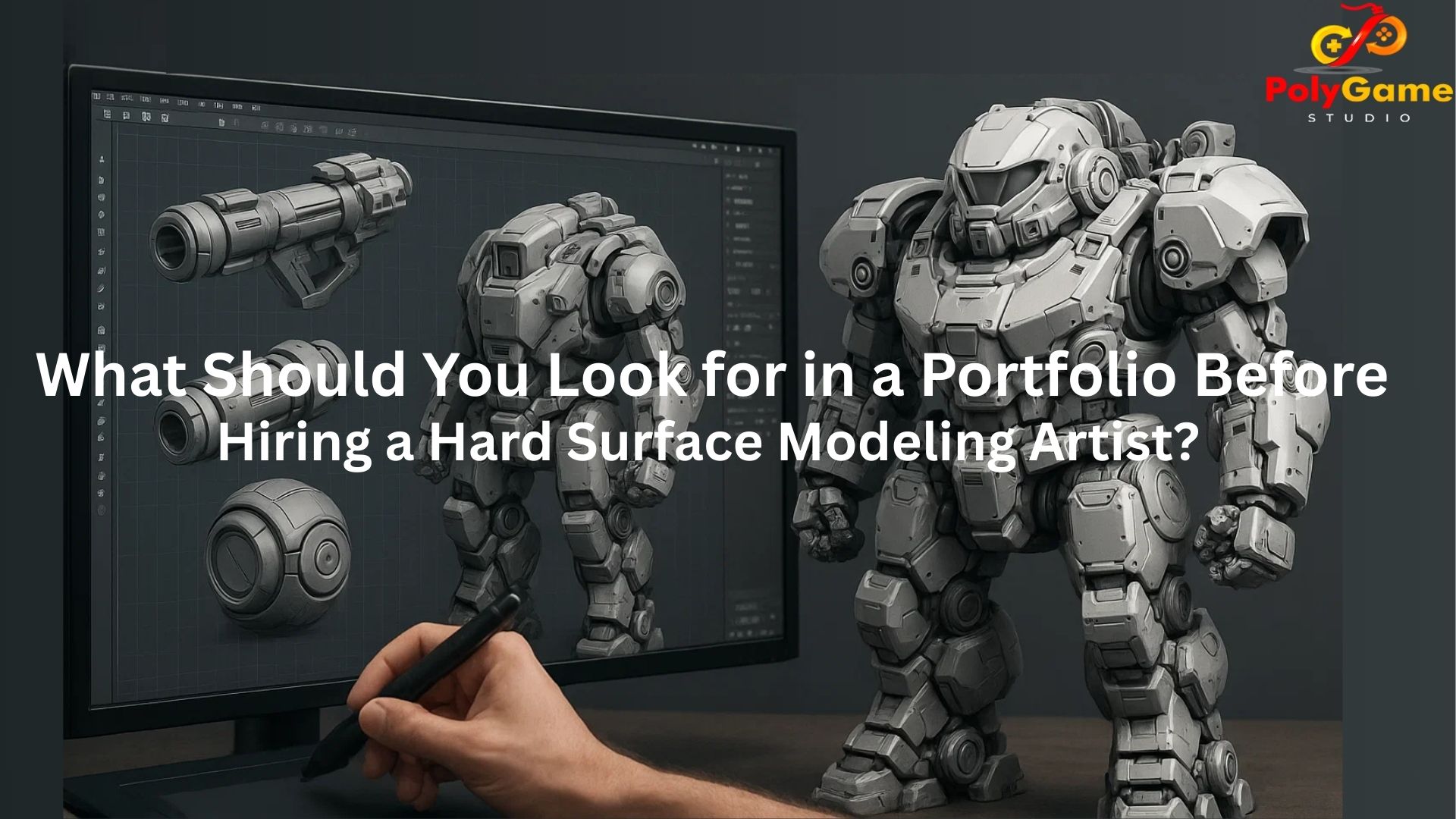Dive into Realism Can 3D Terrain Modeling Really Make a Game World Feel Real?
Imagine stepping into a video game world where every mountain peak feels imposing, every valley feels vast, and every path seems to naturally carve its way through the landscape. This isn’t just about pretty pictures; it’s about a deep sense of immersion, of truly believing you are there. At the heart of this feeling lies 3D Terrain Modeling, the art and science of digitally sculpting the very ground beneath your character’s feet. But how much can this single discipline truly contribute to making a game world feel real, and what role does it play in effective 3D Game Level Design?
The answer is profound. While many elements contribute to a game’s realism – from character animations to lighting – the terrain provides the fundamental stage upon which everything else unfolds. It dictates movement, influences strategy, and can subtly, yet powerfully, communicate the history and nature of a virtual world.
The Foundation of Realism: Beyond Flat Ground
At its most basic, 3D Terrain Modeling creates the ups and downs, the hills and valleys, the rivers and oceans of a game. But to make a world “feel real,” it goes far beyond simple height maps:
- Geological Plausibility: Advanced 3D Terrain Modeling techniques mimic natural processes, creating believable formations, naturalistic slopes, and organic-looking riverbeds. This authenticity, even if subconscious, resonates with players’ innate understanding of how nature works.
- Micro-Details and Texturing: Real terrain isn’t perfectly smooth. It has cracks, pebbles, varied soil types, and patches of vegetation. Skilled 3D Terrain Modeling incorporates these micro-details through high-resolution sculpting and layered textures, often using physically based rendering (PBR) to ensure materials react to light just like they would in reality.
- Environmental Storytelling: A scarred battlefield, an ancient riverbed, or a newly formed volcanic island all hint at past events. 3D Terrain Modeling allows artists to embed these narratives directly into the landscape, adding layers of history and depth that make the world feel lived-in and authentic, rather than just a backdrop.
The Intertwined Art of 3D Game Level Design
While 3D Terrain Modeling builds the physical world, 3D Game Level Design defines how players interact with it. The two are inseparable in creating a “real” feeling:
- Navigation and Flow: Real-world terrain naturally guides movement. Hills present challenges, rivers create barriers, and valleys offer hidden pathways. Effective 3D Game Level Design leverages 3D Terrain Modeling to create intuitive and engaging paths for players, leading them through the level in a way that feels natural and unforced. A well-designed slope can feel like a natural shortcut, while a jagged cliff face feels like a true obstacle.
- Gameplay Opportunities: The topology of the terrain can directly influence gameplay. Cover points in a shooter, vantage points for a sniper, or challenging ascents in a platformer all stem from smart 3D Terrain Modeling. This integration of form and function makes the world feel purpose-built, not just visually impressive. A well-placed rock formation or a naturally occurring ridge line can become a critical strategic element.
- Visual Interest and Variety: Real environments are rarely monotonous. Good 3D Terrain Modeling incorporates diverse features – rocky outcrops, sandy beaches, lush forests, or arid deserts – to break up visual monotony and maintain player engagement. This variety, carefully integrated into the 3D Game Level Design, prevents the world from feeling generic and enhances its perceived reality.
- Atmosphere and Mood: The shape of the land significantly impacts the atmosphere. A vast, open plain can evoke a sense of freedom, while tight, winding canyons can create claustrophobia. 3D Terrain Modeling directly contributes to this by creating spaces that naturally convey the intended mood, making the player’s emotional response feel organic and earned within the 3D Game Level Design.
The Role of Context and Purpose
Even a stylized, hand-painted terrain can feel incredibly real if it’s consistent with the game’s overall art style and serves the 3D Game Level Design effectively. The “feel real” factor comes from believability within the game’s own rules and aesthetic, not necessarily from mirroring reality perfectly.
For instance, a game like Minecraft uses blocky 3D Terrain Modeling, yet its procedural generation makes its worlds feel vast and explorable, evoking a sense of authenticity within its unique context. It feels “real” in its own right because its terrain is consistent and expertly integrated into the 3D Game Level Design.
PolyGame Studio: Sculpting Immersive Worlds
At PolyGame Studio, we understand that the foundation of any truly immersive game world lies in exceptional 3D Terrain Modeling. We don’t just create landscapes; we sculpt environments that breathe life into your game’s narrative and enhance its gameplay. Our team of expert artists and designers works hand-in-hand to ensure that every mountain, valley, and riverbed contributes meaningfully to the overall 3D Game Level Design.
Our services span the full spectrum of 3D Terrain Modeling, from creating vast, open-world environments using advanced procedural techniques to meticulously sculpting smaller, highly detailed areas for specific gameplay moments. We focus on geological plausibility, optimized performance, and seamless integration with your game engine. Our expertise ensures that your 3D Game Level Design is not only visually stunning but also intuitive, challenging, and deeply immersive. We pride ourselves on creating worlds that players don’t just see, but truly feel.
Conclusion: The Unseen Architect of Immersion
So, can 3D Terrain Modeling really make a game world feel real? Absolutely. It acts as the unseen architect, shaping the very essence of the virtual world and providing the canvas for engaging 3D Game Level Design. When executed with skill and a deep understanding of both art and function, terrain moves beyond being just background scenery. It becomes an active participant in the player’s journey, influencing emotions, guiding actions, and ultimately creating that elusive, powerful sense of truly being there. It’s the silent, yet profound, contributor to a game’s authenticity and enduring appeal.








